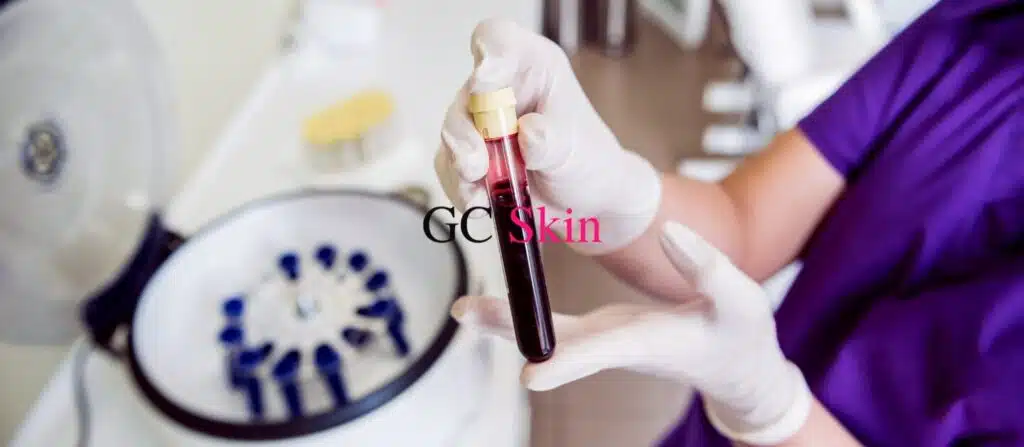Platelet-rich fibrin (PRF) is a novel biomaterial that has revolutionized the field of regenerative medicine. It is a biological product that is derived from the patient’s own blood, and it contains a high concentration of platelets, leukocytes, growth factors, and cytokines that promote healing and tissue regeneration. PRF has been used successfully in various fields of medicine, including dentistry, orthopedics, plastic surgery, and wound healing.
PRF is obtained by drawing a small amount of the patient’s blood and centrifuging it to separate the different components. Unlike other platelet-rich products, such as platelet-rich plasma (PRP), PRF does not require the addition of anticoagulants or other chemicals. Instead, it relies on the natural clotting process of the blood to produce a fibrin matrix that encapsulates the platelets and leukocytes. The resulting product is a three-dimensional scaffold that is rich in growth factors and cytokines, and it can be used as a stand-alone material or in combination with other biomaterials.
The platelets and leukocytes in PRF are the key components that make it an effective regenerative material. Platelets are best known for their role in blood clotting, but they also release a variety of growth factors and cytokines that promote tissue repair and regeneration. These growth factors include platelet-derived growth factor (PDGF), transforming growth factor beta (TGF-β), insulin-like growth factor 1 (IGF-1), and vascular endothelial growth factor (VEGF). Leukocytes, on the other hand, are immune cells that play a crucial role in the inflammatory response. They release cytokines that recruit other cells to the site of injury and help to clear away debris.
PRF has numerous clinical applications in medicine. In dentistry, it has been used to promote bone and soft tissue regeneration in periodontal surgery, implantology, and oral surgery. In orthopedics, it has been used to treat sports injuries, osteoarthritis, and tendonitis. In aesthetic medicine, it has been used to enhance wound healing and reduce scarring.
One of the advantages of PRF is that it is a completely autologous material, meaning that it is derived from the patient’s own blood. This eliminates the risk of disease transmission, immune rejection, or allergic reactions that are associated with other biomaterials. Furthermore, PRF can be performed in an outpatient setting.
In conclusion, PRF is a game-changing advancement in regenerative medicine. It is a biological product that is derived from the patient’s own blood and contains a high concentration of platelets, leukocytes, growth factors, and cytokines that promote healing and tissue regeneration. As research into PRF continues, it is likely that its applications will expand, and it will become an increasingly important tool in the field of aesthetic medicine.









